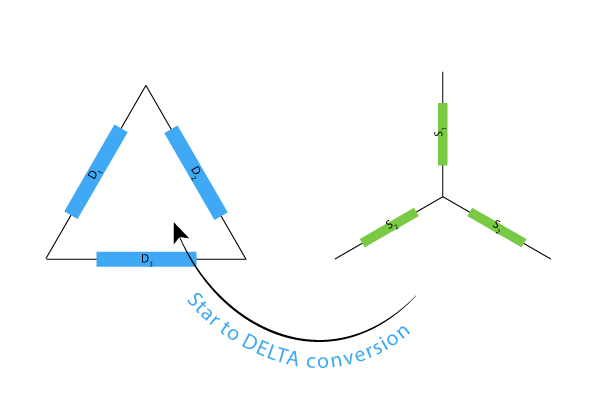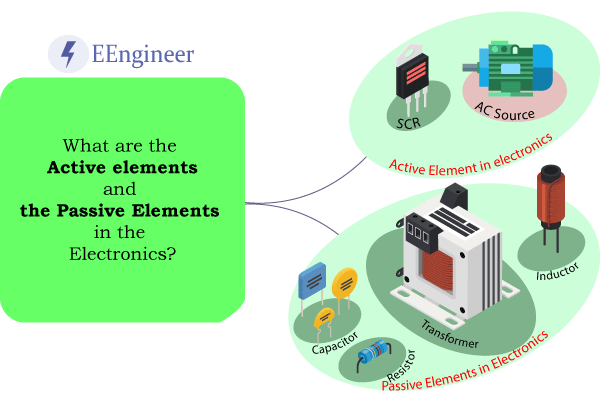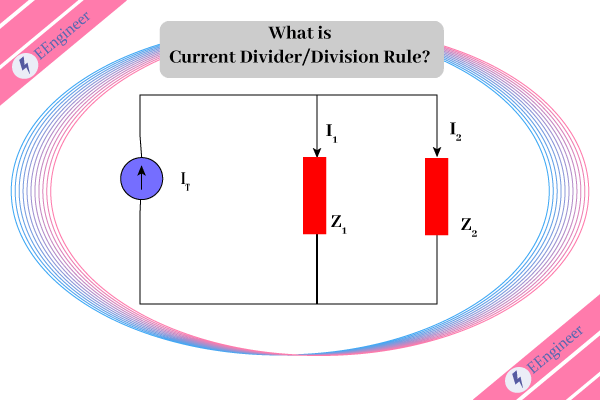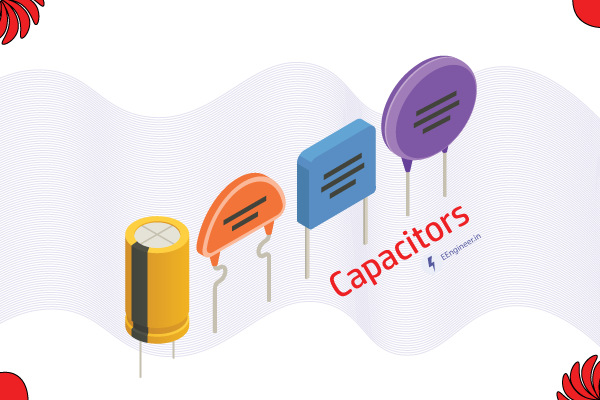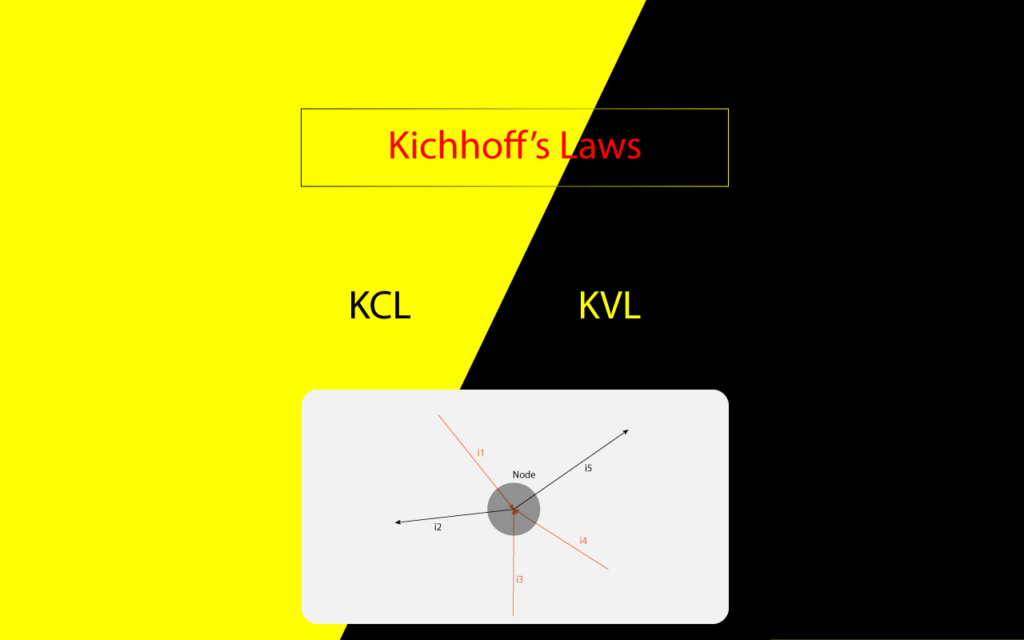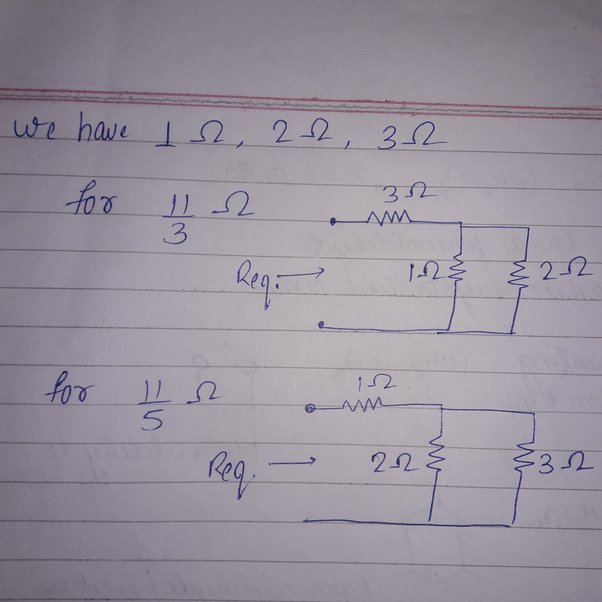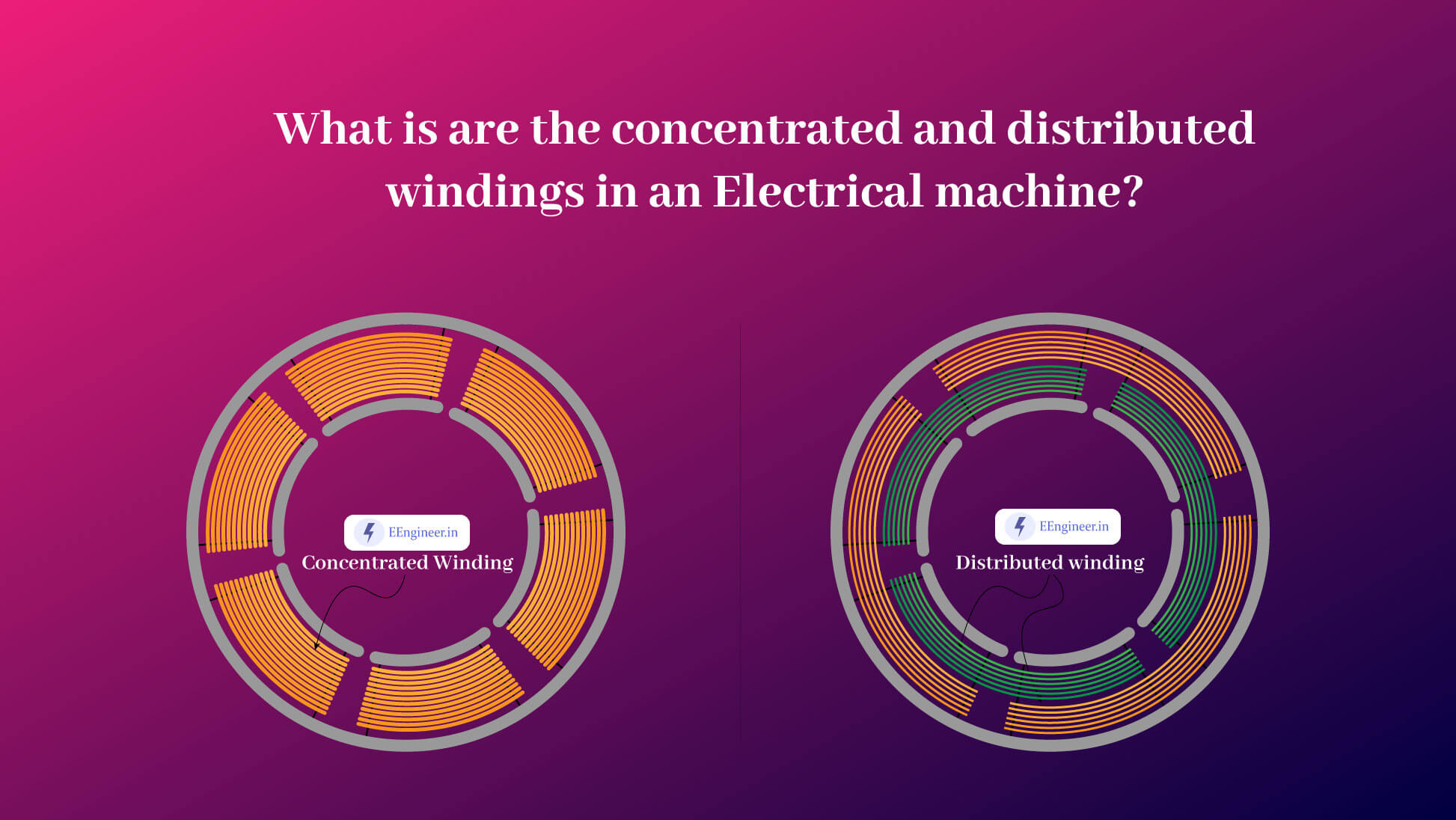DELTA to STAR conversion Formula with {FREE PDF} & STAR to DELTA
A Delta to star conversion is a “pi” model circuit to a “T” model circuit conversion. Similarly, star to delta conversion means “T” model to “Pi” model conversion. This makes a more straightforward calculation and analysis of the complex circuit. Also, we will see a Delta to star conversion formula with the FREE pdf. What … Read more
